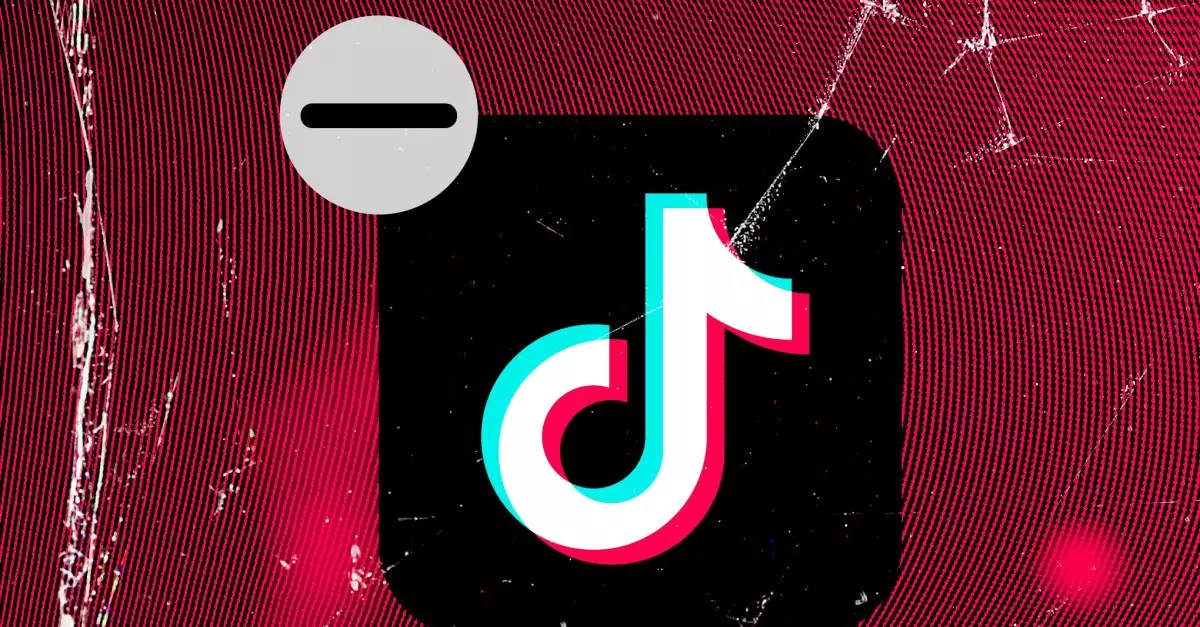In recent developments, TikTok has found itself navigating a challenging landscape concerning its availability on major mobile platforms in the United States. Both the Google Play Store and Apple App Store have withheld access to the app, creating a significant barrier for users who wish to download or update it. This unprecedented move raises questions about digital governance and the future of popular applications facing political scrutiny.
To counteract the limitations imposed by the absence from conventional app stores, TikTok has launched a new route for users to access the app: direct downloads via its website. This shift provides Android users with a straightforward method to install or update the TikTok application, which had previously been unavailable since Google’s removal of the app due to regulatory pressures. This decisive move not only enhances user accessibility but also highlights TikTok’s adaptability in the face of strict enforcement from tech giants concerning app distribution.
The installation process for TikTok from its website seems uncomplicated. Users are able to download both the standard TikTok application and TikTok Lite—a version optimized for lower-end devices and slower Internet speeds. According to users, the update experience mirrors the seamless efficiency typically associated with official app store downloads, sparking a positive reception. This ease of installation underscores TikTok’s commitment to maintaining user engagement despite the surrounding controversies.
With this alternate download method, security becomes a paramount concern. While TikTok assures users that the application remains secure, stating that its source code undergoes inspections by Oracle and appointed independent security inspectors, skepticism lingers. Critics argue that circumventing app store protocols could present vulnerabilities. Moreover, questions around the authenticity and reliability of these security measures persist, especially in light of previous accusations surrounding TikTok’s parent company, ByteDance, and its operations.
For iOS users, however, the situation remains less favorable. Apple’s stringent policy against sideloading—downloading apps from sources outside the App Store—means that iPhone users are effectively frozen out of direct access to TikTok updates. Instead, they are left to engage with the platform solely through mobile web browsing. This limitation signals a significant gap in user experience and raises questions about how long Apple will hold the line against reinstating one of the most popular applications in the world.
The digital ecosystem continues to evolve amid regulatory challenges, with companies like TikTok innovating to maintain user connections. While its recent direct download strategy represents a proactive response to external challenges, the implications of security, compliance, and user accessibility remain critical factors that will influence TikTok’s future in the U.S. mobile market. As users and tech advocates closely monitor this situation, it is clear that the landscape of app distribution is becoming increasingly complex and fraught with tension.


Leave a Reply